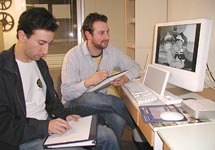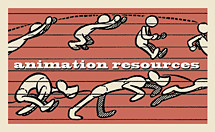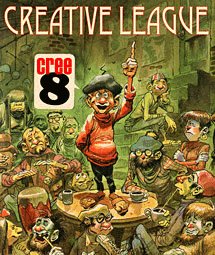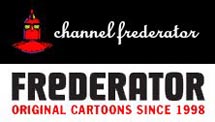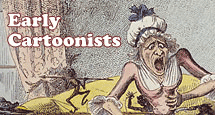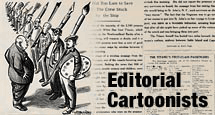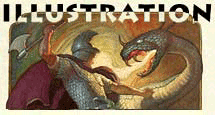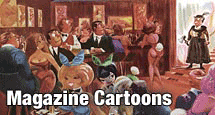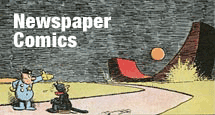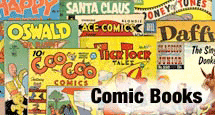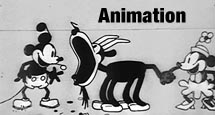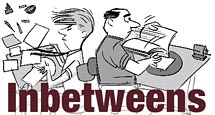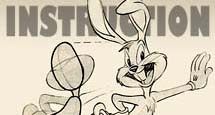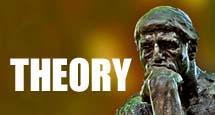This posting is a stub. You can contribute to this entry by providing information through the comments link at the bottom of this post. Please organize your information following the main category headers below….
Birth/Death
Birth: Oct 22, 1929
Death: Nov 4, 2019
Occupation/Title
Retired BG Artist for Hanna-Barbera, Interior Design artist for Hilton hotels as well as painter and designer of Hilton boats
Bio Summary
Art Lozzi was born and raised in Everett Masachusetts when he was young. In high school, his grades were excellent that he would have been able to enter MIT and focus on architecture. However, due to the high cost, he instead went to the Massachusetts College of Art and Design where upon graduation, he entered the Navy and did storyboards for their training films. When he was honorably discharged from the Navy, he went to Calfiornia and attended UCLA in studio arts. However, shortly afterwards, he applied at MGM’s animation department where he worked as an inbetweener, mostly for Tom and Jerry. It was also at MGM that he transferred to Disney, and after Disney was Hanna-Barbera where he began to work on the backgrounds for their various cartoons. In 1964, as part of an architectural group that he participated in as a hobby, he was hired by Conrad Hilton to do the interior design and color schemes for his hotels. He did a lot of his design work while working for Hanna-Barbera at the same time, and continually moved between Greece and the US, also doing designs for large cruise ships for the Greek Epirotiki Cruise Lines
Early Life/Family
Saturday Mornign classes at the De Benedictis Studio, Classic Art Training in Boston, Acceptance into MIT/Architecture without entrance exams, entered Massachusetts College of Art, went to UCLA to study Theater Arts
Education/Training
Worked as an inbetweener at MGM and Disney, submitted humorous cartoons to magazines such as the New Yorker, designed holiday cards, worked on Tom Jerry mostly; was in the Navy in the Naval Training Films to work on storyboards, soon worked for Hannah Barbera in the 50s-60s; worked on architectural interior design for the Hilton Hotel Chain, moved to Europe to work on it as well as designing cruise ships and other designs for Hilton
Career Outline
Worked as an inbetweener at MGM and Disney, submitted humorous cartoons to magazines such as the New Yorker, designed holiday cards, worked on Tom Jerry mostly; was in the Navy in the Naval Training Films to work on storyboards, soon worked for Hannah Barbera in the 50s-60s; worked on architectural interior design for the Hilton Hotel Chain, moved to Europe to work on it as well as designing cruise ships and other designs for Hilton
Comments On Style
His method of doing BGs was to keep making backgrounds over and over and over, they had an established style for each show and developed it for each individual show, and once that was set up, new artists had to keep to the style so that each show would be unique. His BGs are very graphic in the sense that it was with simple shapes and excellent use of color to describe the setting of the story, especially since it was all done with natural media.
Influences
Likes detective stories and mind development books, refers to renaissance and some spiritual books for his favorite reading, was inspired by many classic artists.
“My sense of color attracted Conrad Hilton’s architect and I was offered positons with them, doing color planning for various Hiltons within Europe and North Africa: Cyprus, Athens, Malta, Rabat (Morocco), Cairo,Istanbul, Corfu and maybe a dozen more. This is what made me decide to transfer my life to Greece where I’ve been living for over 45years… mamma mia! ”
Personality
Anecdotes
Miscellaneous
Thanks to John Kricfalusi and his All Kinds of Stuff, Art Lozzi was rediscovered.
Filmography
Pixie and Dixie and Mr. Jinks (1958) TV series (layout artist)
The Huckleberry Hound Show (1958) TV series (background artist)
Count Down Clown (1961) (background artist)
The Yogi Bear Show (1961) TV series (background artist)
– The Flintstone Flyer (1960) TV episode (background artist)
The Flintstones (background artist) (4 episodes, 1960-1961)
– Fred Flintstone: Before and After (1961) TV episode (background artist)
– Love Letters on the Rocks (1961) TV episode (background artist)
– Hot Lips Hannigan (1960) TV episode (background artist)
The Jetsons (background artist) (2 episodes, 1962-1963)
– The Little Man (1963) TV episode (background artist)
– The Coming of Astro (1962) TV episode (background artist)
This Is My Ducky Day (1961) (background artist)
Raggedy Rug (1964) (background artist)
Hey There, It’s Yogi Bear (1964) (background designer)
Bear Knuckles (1964) (background artist)
Pork Chop Phooey (1965) (background artist)
Crow’s Fete (1965) (background artist)
The Man Called Flintstone (1966) (background designer)
Space Ghost (1966) TV series (background artist)
The Archie Show (1968) TV series (background artist)
The Batman/Superman Hour” (background artist) (3 episodes, 1968)
– Two Penguins Too Many (1968) TV episode (background artist)
– Superman: Can a Luthor Change His Spots? (1968) TV episode (background artist)
– The Cool, Cruel Mr. Freeze (1968) TV episode (background artist)
Fantastic Voyage” (1968) TV series (background artist)
Honors
Related Links
http://readersvoice.com/interviews/2007/August/
Bibliographic References
http://www.imdb.com/name/nm1145761/
http://readersvoice.com/interviews/2007/August/
http://johnkstuff.blogspot.com/2006/12/color-theory-art-lozzi-explains-some.html
BIO-AAA-476
Contributors To This Listing
Art Lozzi, Steven Kunz
To make additions or corrections to this listing, please click on COMMENTS below…









 by
by 

